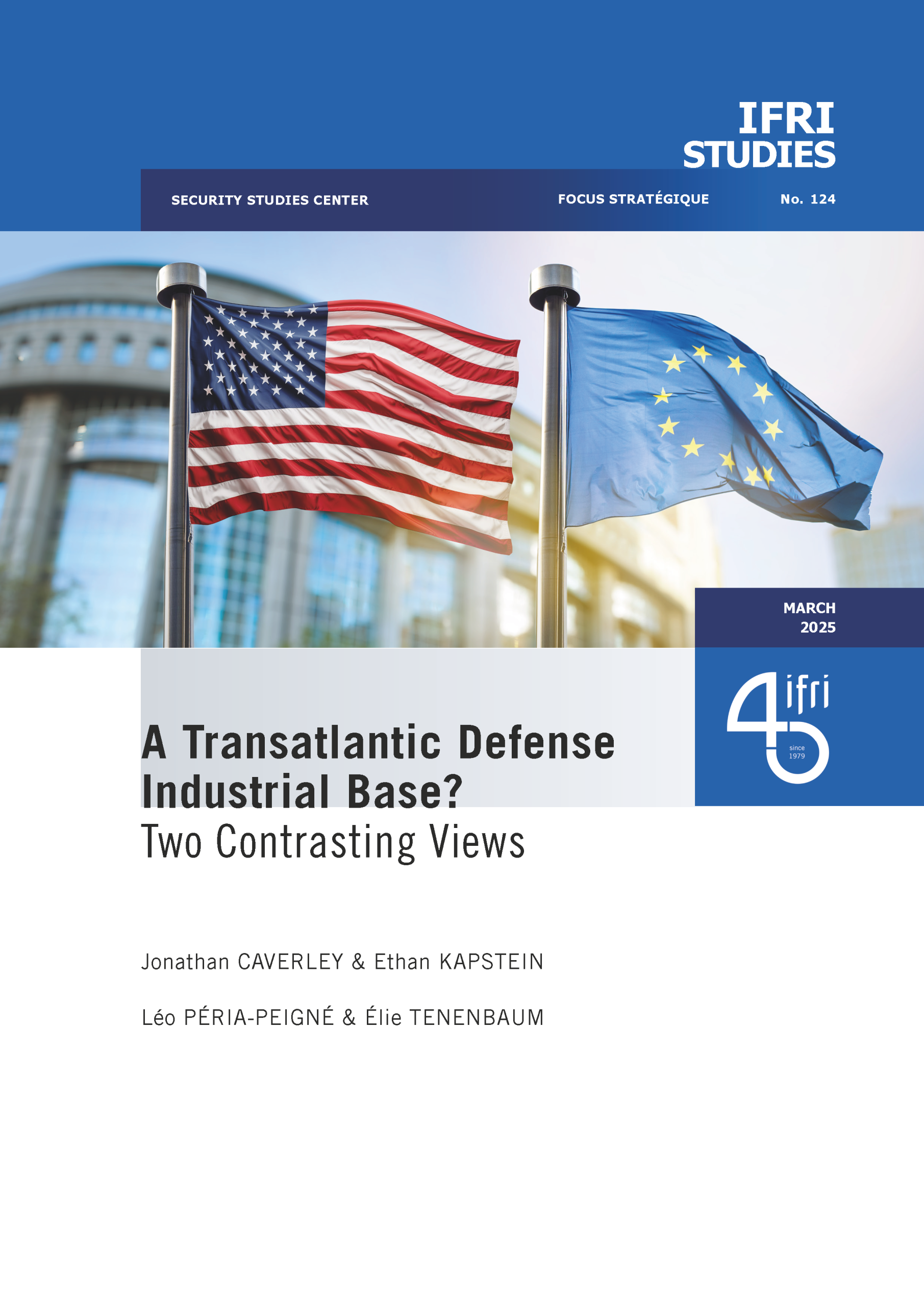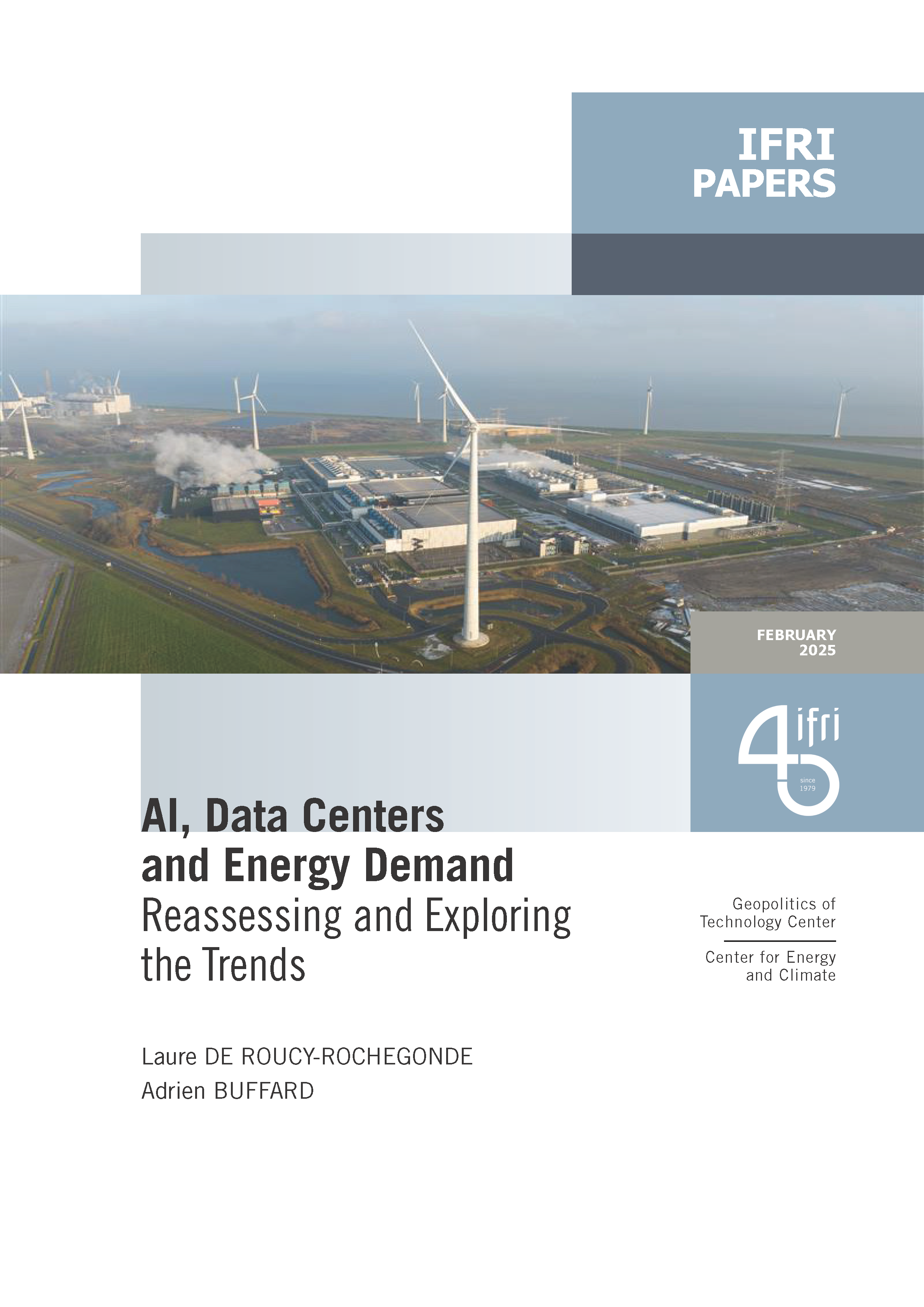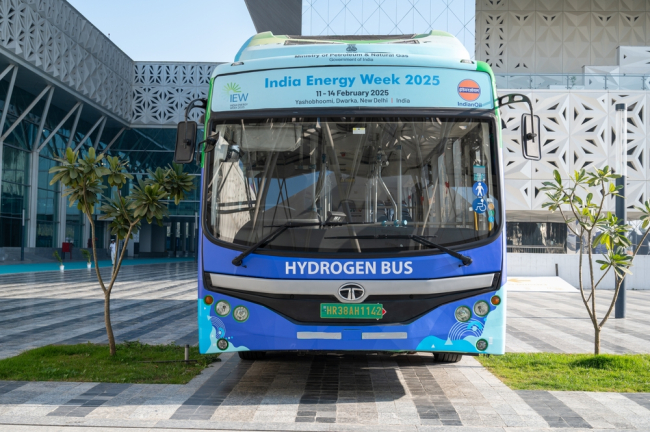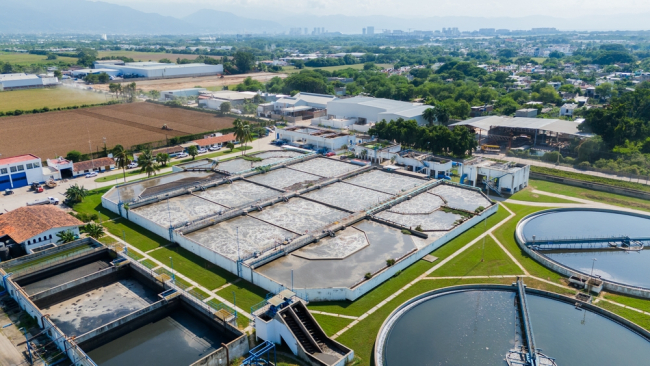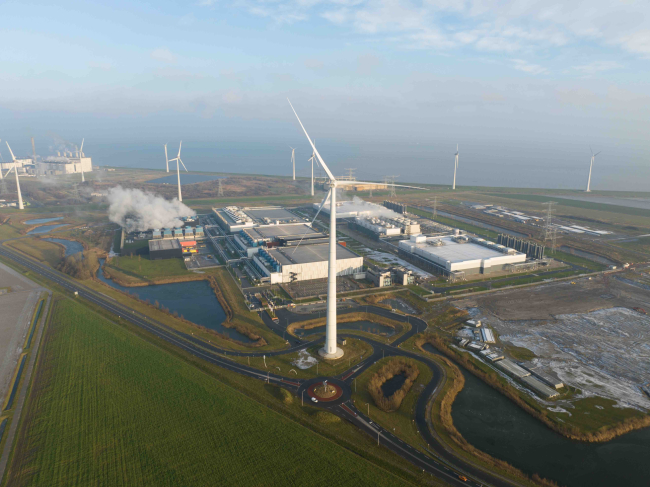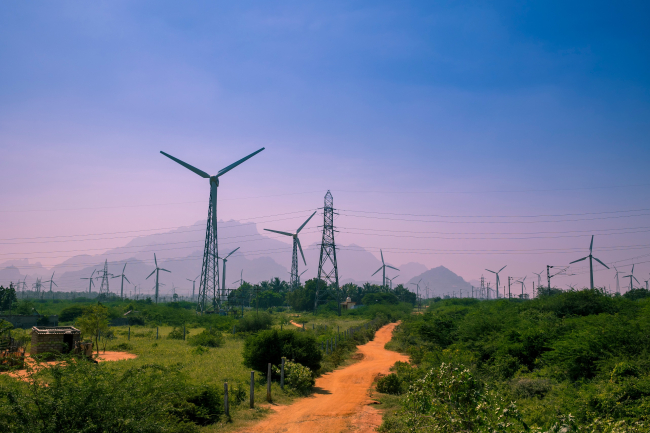The "Climate Energy Package" and the Modus Operandi of European Politics

The European Union, through its multiple levels of governance, often produces curious legislative acts. The “Climate and energy package,” unveiled to much fanfare on January 23rd by the European Commission at a press conference given by no less than four of its Commissioners at its headquarters in Brussels, the Berlaymont, is a recent example.
The European Union, through its multiple levels of governance, often produces curious legislative acts. The “Climate and energy package,” unveiled to much fanfare on January 23rd by the European Commission at a press conference given by no less than four of its Commissioners at its headquarters in Brussels, the Berlaymont, is a recent example. The unified front and the eloquent assurances given by the Commissioners, confident that this package will finally give birth to a tangible, unified European energy policy, hides poorly the fact that this new round of legislative propositions in fact represents a fragile compromise, obtained under difficult negotiation conditions. For several months, not only did the Commission have to negotiate outside of itself with other actors involved at various levels in the creation of European policy (States, corporations, NGOs), but it also had to consult within itself, between its different services. The Commissioners only arrived at an agreement at noon on the 23rd.
To what is this fragile compromise owed? The “Climate and energy package” finds itself at the crossroads between the three layers that make up European governance and that render it so complex.
- The intergovernmental layer: the Heads of State and government of the member States of the EU committed themselves, during the European Council of March 2007, to ambitious objectives for reducing greenhouse gas emissions, to the growth of renewable energy sources in Europe’s energy use, and to improve energy efficiency at the European level (the famous “20, 20, 20” by 2020).
- The community layer: with the “Climate and energy package,” the Commission strove to translate these large objectives into concrete applicable measures within each country. No less than four legislative proposals are up for a vote by the EU Council (Council of Ministers) and by the European Parliament to distribute between the States the actions needed to reduce greenhouse gas emissions, to increase the amount of renewable energies as part of their total energy consumption, to deeply reform the EU Emissions Trading Scheme, ETS (beginning in 2013) and to propose for the first time a regulatory framework for carbon storage .
- Diverse interests: Between these two layers, diverse interests (business, national, local) made themselves heard with an unprecedented force, in order to mold the Commission’s proposals. The importance of the issues at stake (notably the major consequences of the package on the economy and on industry) explains the intensity of these attempts to influence and of the forceful wrangling that this package has led to.
Following the law of the EU treaties, the right to legislative initiative is reserved for the Commission, who can, if it wishes, call upon diverse channels for consultation, notably on groups of experts (national, corporate, university, NGOs, etc.). It is only after that the member States (within the various groups of the EU Council) and the European MPs may have their say. Under the procedure of co-decision, the Commission’s legislative proposals are simultaneously sent to the Council and to the Parliament, and they must then vote on them (and eventually amend the proposals) in the following months.
Yet in practice, the European modus operandi is something completely different. A community initiative (formulated by the Commission) is redrafted after business and national pressures have been expressed, starting during the development phase of legislative projects. For the case at hand, the Commission received a letter teeming with an unusually high number of representatives from environmental organizations and corporations. Industries that are large consumers of energy, such as steel, cement or chemistry, applied strong pressure in the hopes of discarding the proposal for the mandatory auctioning of emission allowances. The Belgian steelworkers even organized, two days before the presentation of the Commission’s propositions, the first “anti-ETS” protest, which was attended by thousands of Belgian workers, demanding more rights for their industry to pollute! The influence of these interest groups poses the (legitimate) question of the risk of an over representation of these interests in public policy decision-making. The Commission has indeed worked for several months now on drafting a code of conduct for lobbyists and on the implementation of a more transparent registration system. Parliament equally plans to review its rules concerning pressure groups. But paradoxically, lobbying is an indispensable component in the construction of the European community edifice. With the absence of democratic bridging, and therefore the inability to efficiently communicate business and local interests to Brussels (see for example the weakness of the European Economic and Social Committee and the Committee of the Regions), these diverse pressure groups are a priceless source of information and expertise that the Commission can make good use of if it succeeds at putting all contrasting positions which are presented into perspective. It sometimes orchestrates voluntary “information leakages” in order to get a sample of reactions provoked by a given measure. The services of the Commission are inclined to protect the conceptual vision of policies to be carried out. Yet while working with these pressure groups, they are obliged to adapt their theoretical propositions to the economic and social realities of the different member States (the “Back to Earth” dimension of lobbying).
Likewise, it is not uncommon for the Commission to “take the temperature” of the national governments to test the feasibility and advisability of its legislative propositions. This is the case with the “Climate and energy package,” as the Environment and Energy Commissioners personally traveled to consult with most of the European ministers in charge of these issues. In a more unheard of manner, certain Heads of State and of government (notably of France, Germany, Finland, and Belgium) also went to the trouble of writing officially to the Commission. The ambiguity of the member States’ position is reflected in this approach: they exerted strong pressure on the Commission to lower their national objectives and to protect their national industries, while at the same time it was they who decided last March on the large community objectives that the Commission is today trying to put into practice. European commitments always seem easier to make than to carry out.
These games of influence and these interactions between the three levels of European governance have resulted in a list of legislative proposals that on the whole lack coherence, since they combine three different perspectives on the issues and their solutions:
- The considerable objectives decided on by the European Council are reaffirmed and they form the cornerstone of the package of measures proposed by the Commission. The latter holds onto it as the ultimate proof of the logic to its approach (its ‘method’ according to its own terms), yet undermined by the concessions accorded to pressure groups and governments. The futility of one of the objectives, however, poses a problem: the 10% of biofuels in the consumption of gas and diesel oil for each country by 2020 are upheld, while the scientific services of the Commission themselves have highlighted the environmental and social costs of such a measure. The European Executive Branch settled for adding a list of sustainability criteria to be respected so that biofuels are counted.
- The legislative framework conceived by the services of the Commission has made both large political innovations (for the ETS in particular with, starting in 2013, the full auctioning of allowances in the power sector, and the establishment of a harmonized EU-wide cap by sector at the European level in place of the current national allocation plans), and proposals that are seductive in theory but are in reality difficult to implement (notably the calculation of national objectives for reducing greenhouse gas emissions and the rise of renewable energies as a function of the GPD of each State to show solidarity between old and new member States, instead of as a function of their climatic, industrial, and agricultural characteristics, or of their past efforts).
- Interest groups and member States have obtained a certain number of concessions which paradoxically render the Commission’s propositions more “realistic” in regards to the strong interests at stake and to the economic and industrial realities affected directly by the legislation in the making, but which at the same time weaken the coherence of the conceptual approach designed by the Commission. For example, the EU Executive Branch ended up considering the risk of outsourcing (the “flight” of activities which are high emitters of greenhouse gases) conjured up by industry and certain States such as France and Germany, and it did not include energy-intensive industries in the auction system. The decision to eventually put into place a system to protect these industries (through up to 100% of allowances free of charge and/or through a carbon tariff to protect them from imports from third countries, notably wanted by France) was only put off until 2011. These procrastinations will have an inevitable impact on the projections of companies in the mid-term and on the price of carbon. Likewise, the feasibility of the strict renewable energy objectives assigned to the rich States appears to be uncertain after the Commission withdrew its initial idea of a obligatory ‘guarantees of origin’ market, after facing strong opposition from States such as Germany and Spain, who already have a very developed public subsidy system and fear competition from a European market. The European Executive wanted to introduce flexibility by the use of guarantees of origin, and to authorize rich States to count their investments in other member States of the Union (where geographic or climatic conditions are more favorable, for example) as a part of their renewable energy efforts. This mechanism of flexibility is now only proposed on a voluntary basis and it risks being not used often because of its high complexity and the lack of European harmonization.
What legislation will this imbroglio of proposals lead to? The ball is now in the European MPs and the member States’ court under the co-decision procedure. The attitude of the governments will be doubly determinant as they will not only mold the future regulatory framework but they will also decide its fulfillment within their respective states (EU directives leave the States free to decide on the ways and means to implement them). The real issue is to succeed in bringing together, on one side, the often theoretical vision, developed by the services of the Commission, and on the other side, the defensive attitude of certain industries and governments, attentive to their short term economic and local interests, around a veritable reflection on a long term European industrial policy; a policy that considers globalization but is less reliant on carbon, less of a consumer of natural resources (and thus more sustainable).
Related centers and programs
Discover our other research centers and programsFind out more
Discover all our analysesIndia’s Green Hydrogen Strategy in Action: Policy Actions, Market Insights, and Global Opportunities
India is poised to remain the world’s fastest-growing major economy, and this rapid growth is driving a sharp rise in energy demand. As the most populous country on the planet, India urgently needs to decarbonize its energy systems.
Water in Mexico: an Emergency that Will Wait
Access to water is already and will become increasingly problematic for Mexican economic actors due to the progressive scarcity of the resource resulting from climate change, a geographical distribution that does not coincide with that of the population or economic activity, and management that has so far been far too lax.
AI, Data Centers and Energy Demand: Reassessing and Exploring the Trends
The information and communication technologies sector today accounts for 9% of global electricity consumption, data centers for 1-1.3%, and artificial intelligence (AI) for less than 0.2%. The growing energy demands of cloud services first, and now AI workloads (10% of today’s data centers electricity demand), have exacerbated this trend. In the future, hyperscale data centers will gain shares amongst all kinds of data centers and AI will probably account for around 20% of data centers electricity demand by 2030.
Unlocking India’s Energy Transition: Addressing Grid Flexibility Challenges and Solutions
India is rapidly scaling up its renewable energy (RE) capacity, adding 15–20 GW annually, but the ambitious goal of 500 GW of non-fossil capacity by 2030 is at risk unless the pace accelerates.


